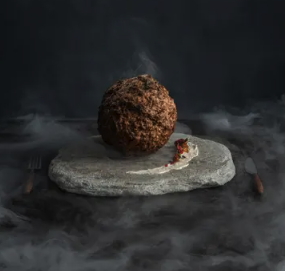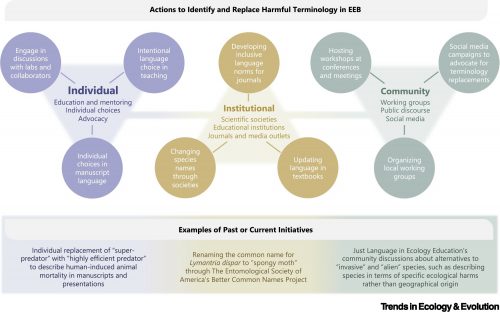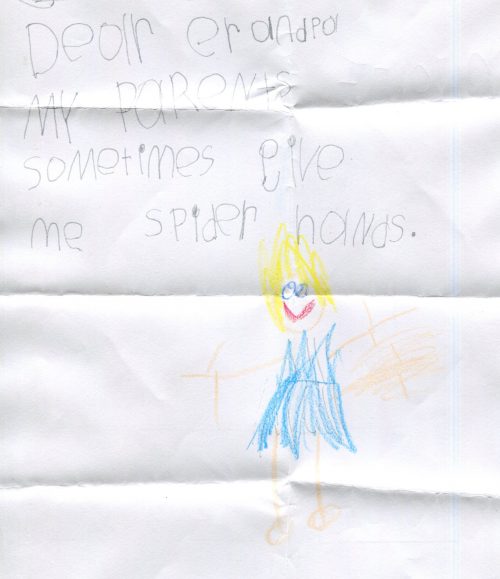Eat your heart out, George Church. The Australians have beaten you to the goal of resurrecting the wooly mammoth, and here it is:
It’s a meatball is what it is. Just a meatball. Probably not even a very good meatball.
Vow worked with Prof Ernst Wolvetang, at the Australian Institute for Bioengineering at the University of Queensland, to create the mammoth muscle protein. His team took the DNA sequence for mammoth myoglobin, a key muscle protein in giving meat its flavour, and filled in the few gaps using elephant DNA.
This sequence was placed in myoblast stem cells from a sheep, which replicated to grow to the 20bn cells subsequently used by the company to grow the mammoth meat.
“It was ridiculously easy and fast,” said Wolvetang. “We did this in a couple of weeks.” Initially, the idea was to produce dodo meat, he said, but the DNA sequences needed do not exist.
They replaced one protein in cultured sheep cells with a protein containing the mammoth sequence. That’s sort of it? I’m not impressed. There is much more to the flavor of meat than myoglobin: there’s fat distribution, muscle type, and pardon me, vegetarians, but also blood supply — white vs. dark meat. There’s texture, which is going to be in large part a product of activity in the living animal. None of that is here in that meatball. It’s the equivalent of those ‘nuggets’ made from pink slime.
And the creators are afraid to even taste it!
No one has yet tasted the mammoth meatball. “We haven’t seen this protein for thousands of years,” said Wolvetang. “So we have no idea how our immune system would react when we eat it. But if we did it again, we could certainly do it in a way that would make it more palatable to regulatory bodies.”
Oh come on. It’s mutton with a bit of elephant myoglobin tossed in. It’s mammal meat. People eat sheep and elephant without any notable reactions from their immune system, this isn’t going to be any different. The truth is they’re the people who saw the sausage being made, watched the cells getting filtered out of a flask, precipitated into a damp mass, compressed to squeeze out the tissue culture medium, and rolled out into a lump of homogenous goo and cooked. Of course it’s unappetizing. No worse than watching living animals being butchered, but still not something you want to put in your mouth.
The research team probably stood around the meatball when it was cooked, arguing about it.
“You first, Ernst.”
“No, no, the honor is all yours, Franz. I insist!”
“Ladies first. Sheila, would you like the first bite?”
“Uhh…umm…I already had lunch. I know! Mikey will eat anything! Mikey?”
“I have a better idea. Let’s just put it on a rock and take a dramatic photo.”
Now they’re flying the meatball off to the Netherlands, where it will be unveiled in a museum. Anything but eating it.










